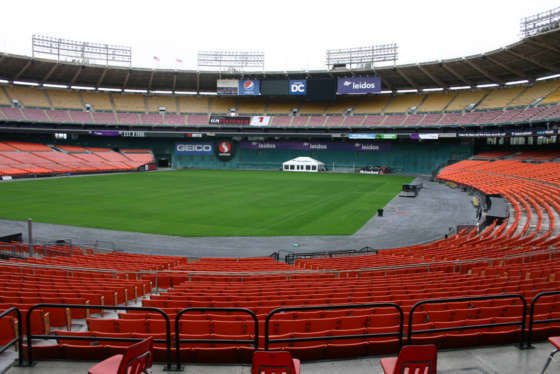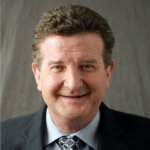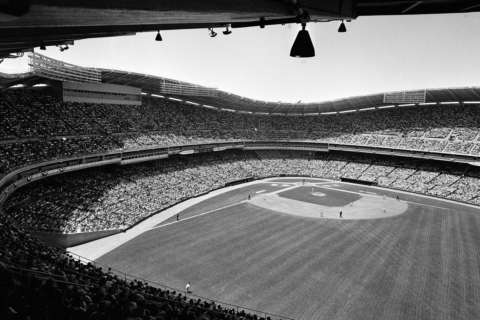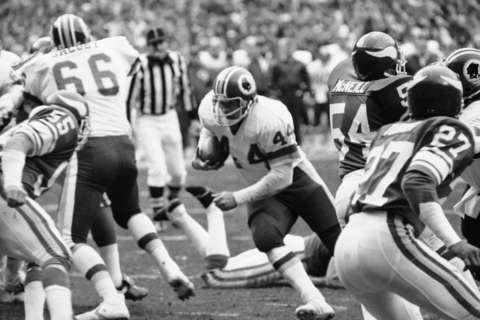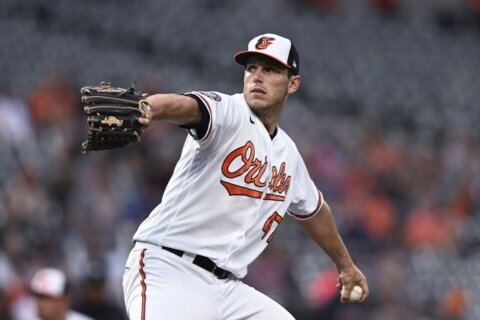Editor’s Note: As the curtain comes down on D.C.’s historic RFK Stadium, with the final DC United game on October 22, WTOP takes a look back at the amazing memories made there over the past 56 years. Check out more from our special report, Remembering RFK.
WASHINGTON — Saying goodbye to Robert F. Kennedy Memorial Stadium is not easy. The structure off East Capitol Street is made of concrete and steel, but for generations of people in the D.C. area, RFK Stadium is about the personal memories made inside those impersonal walls.
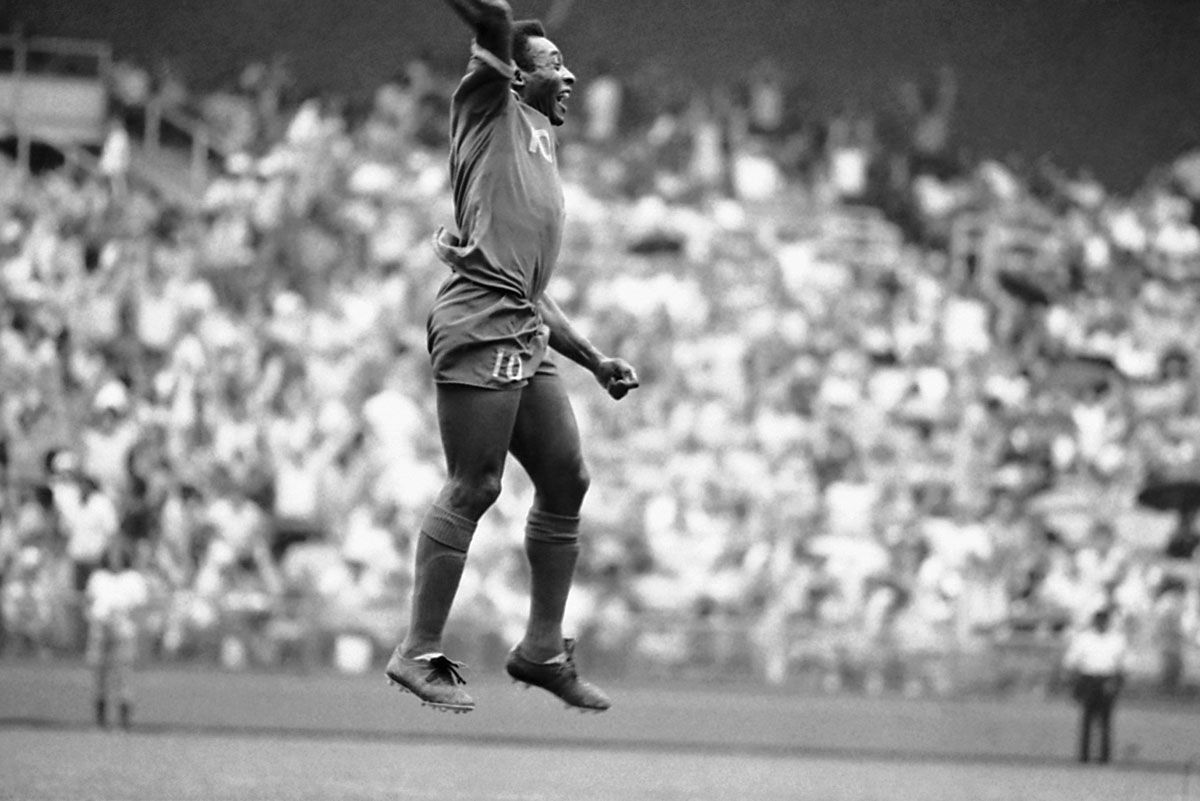
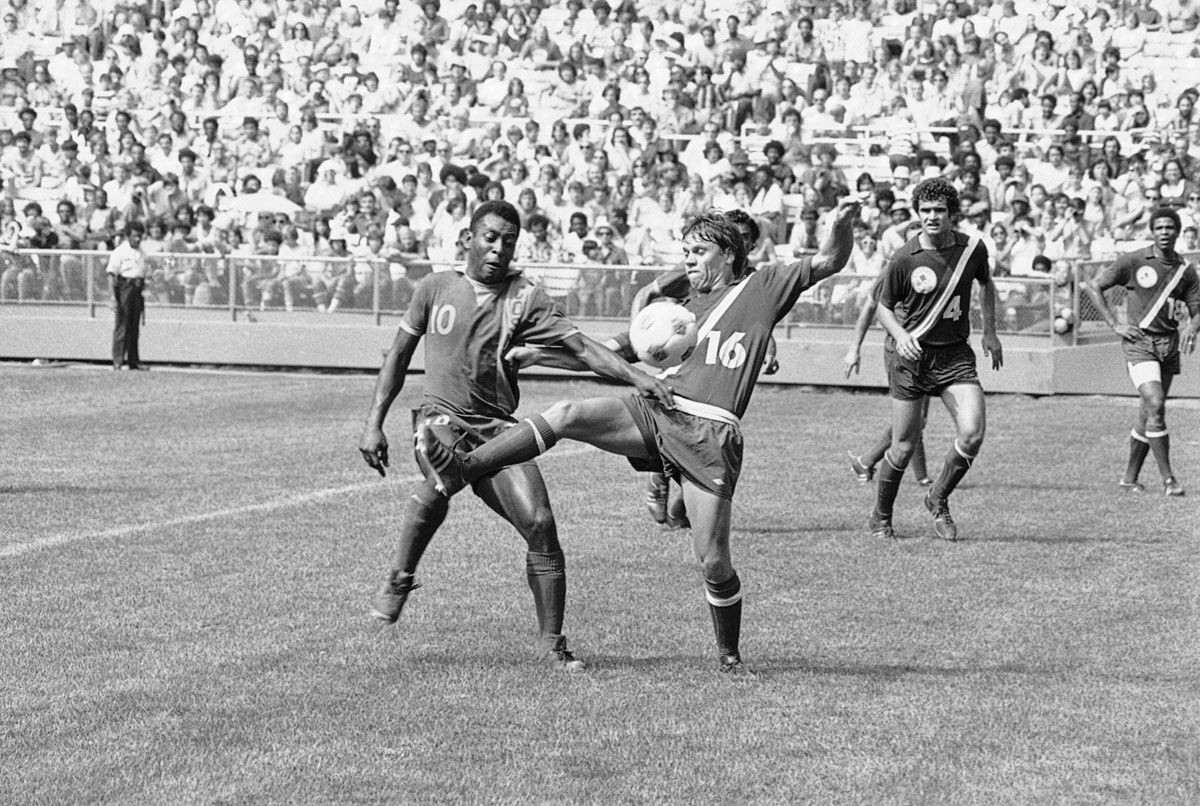
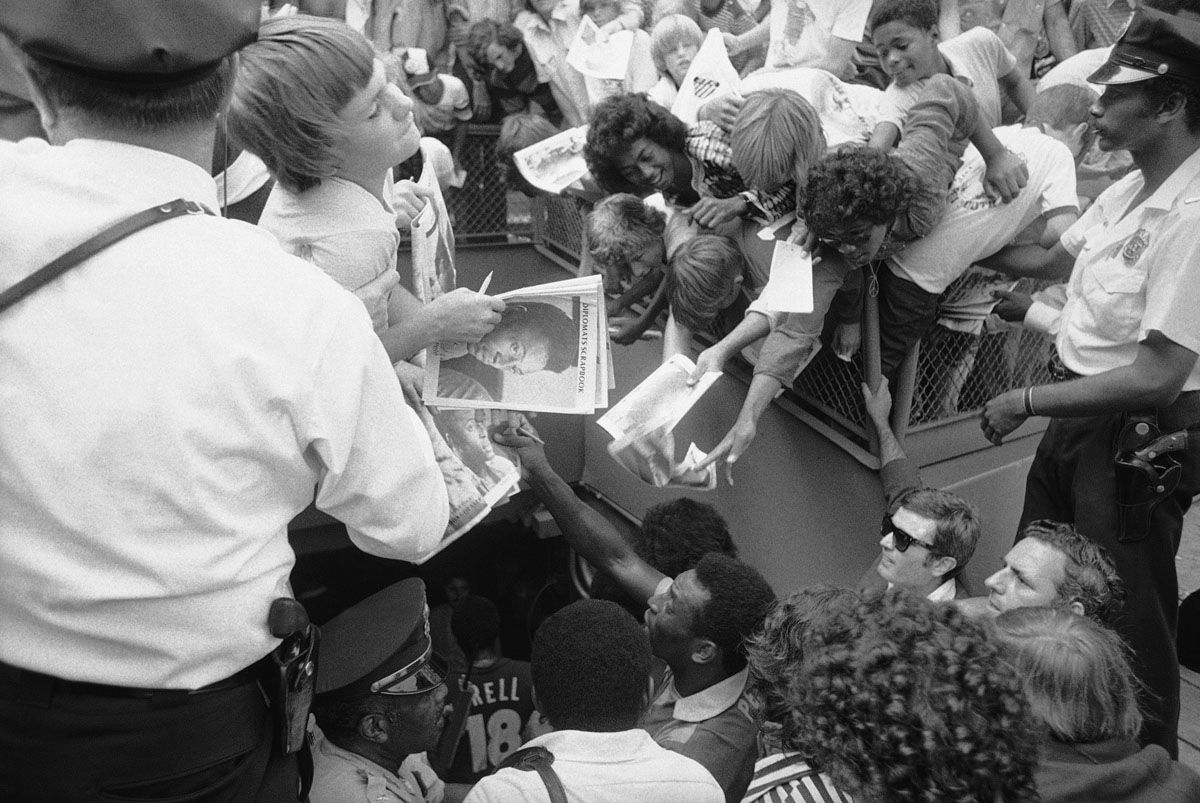
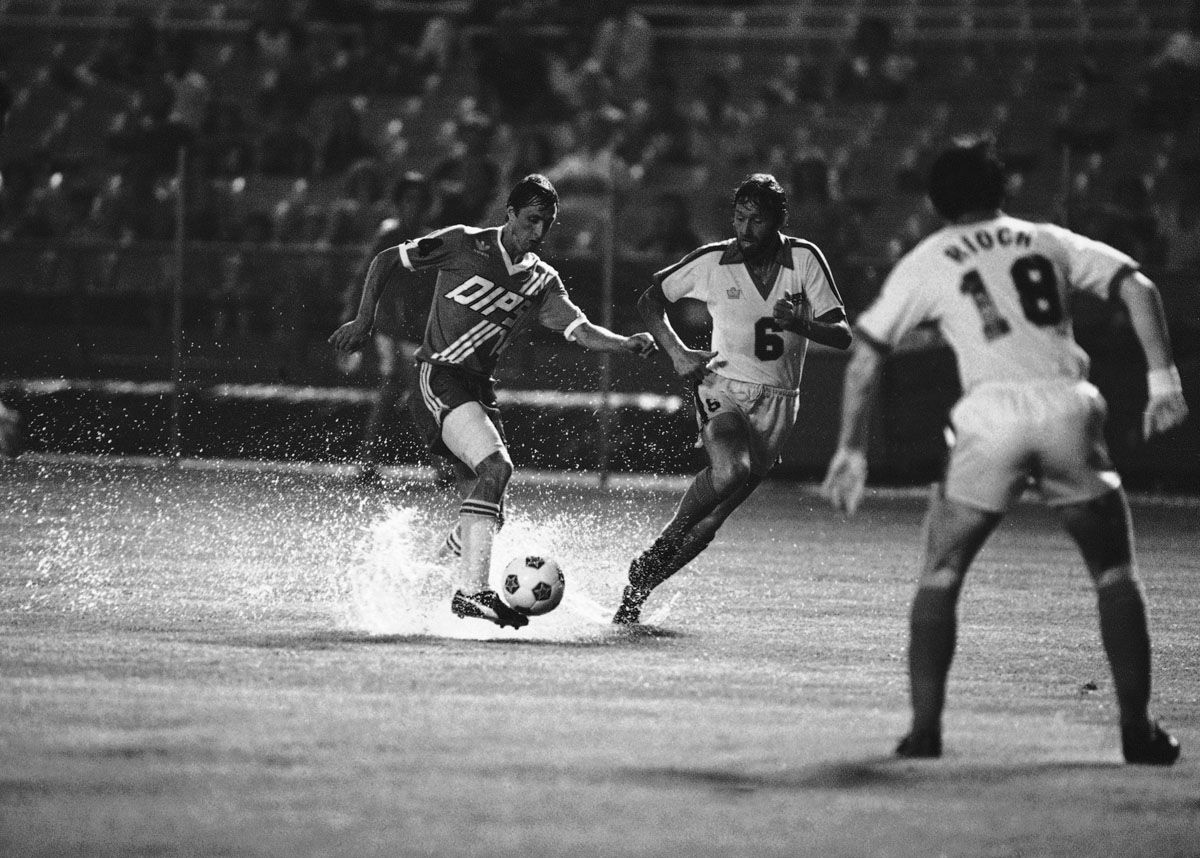
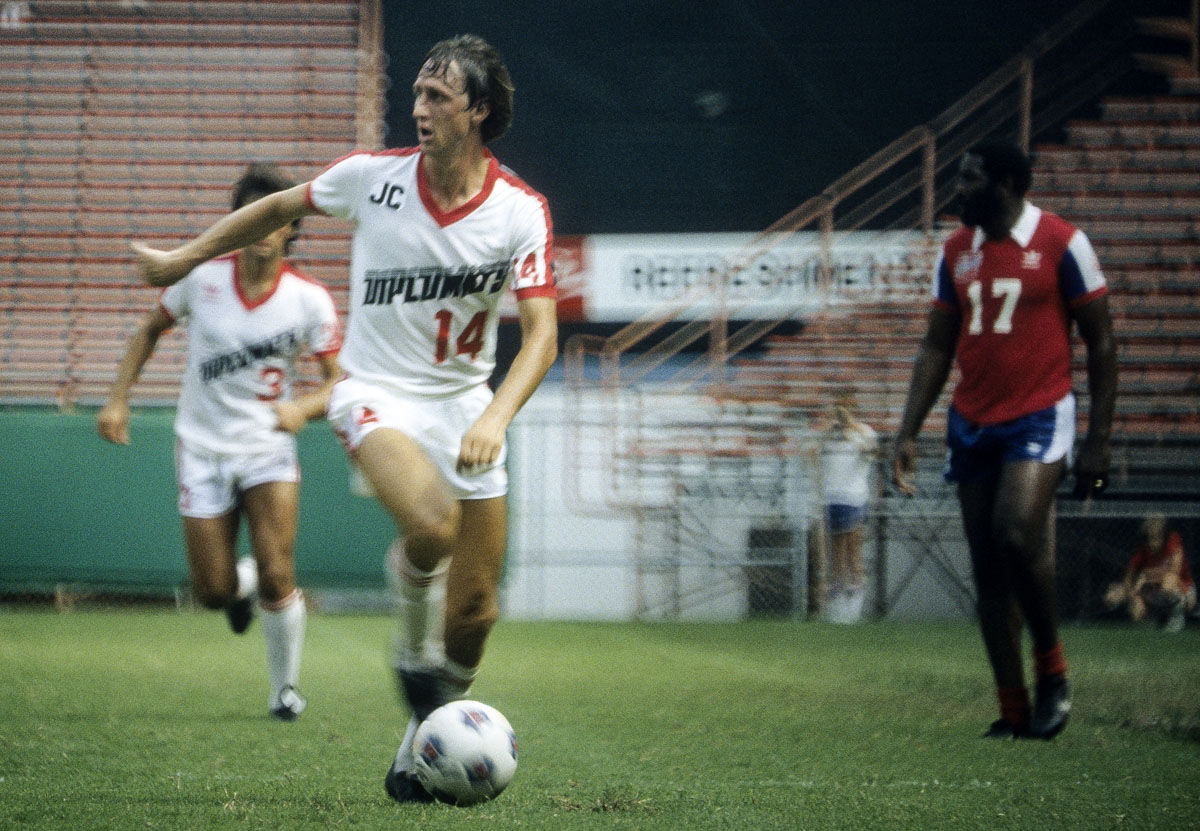
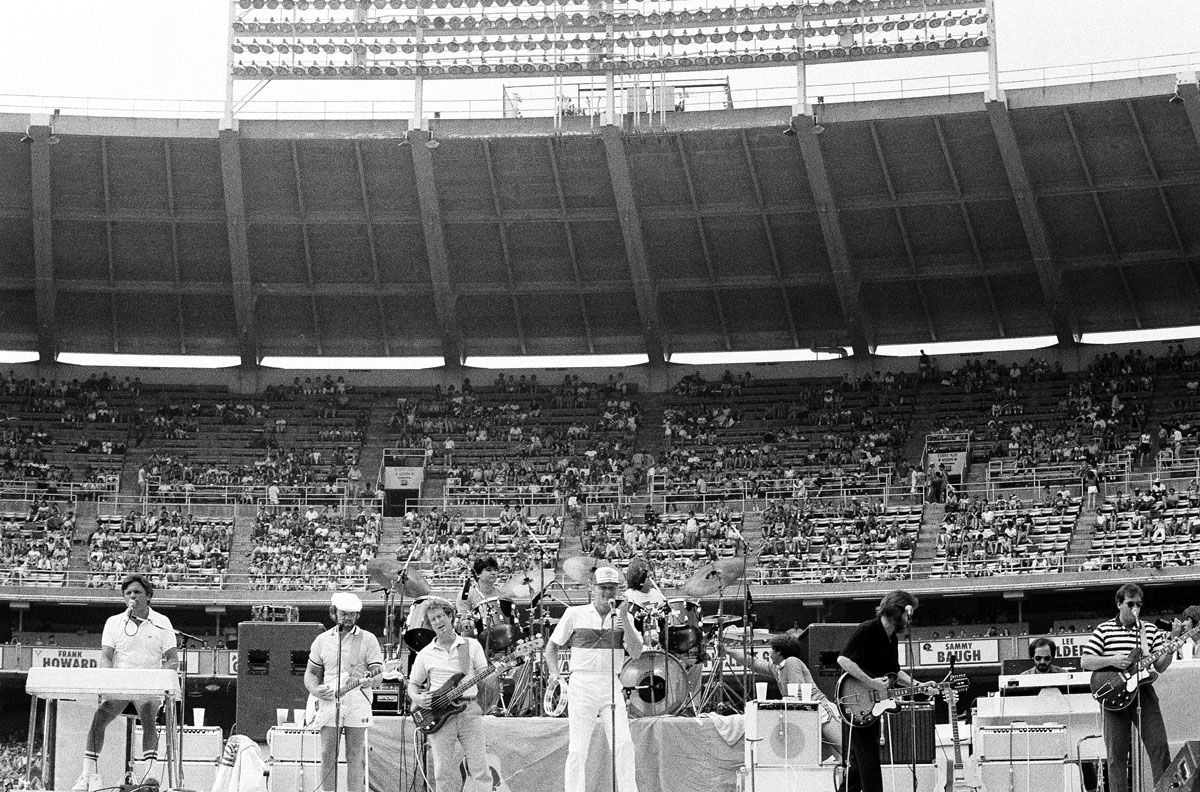
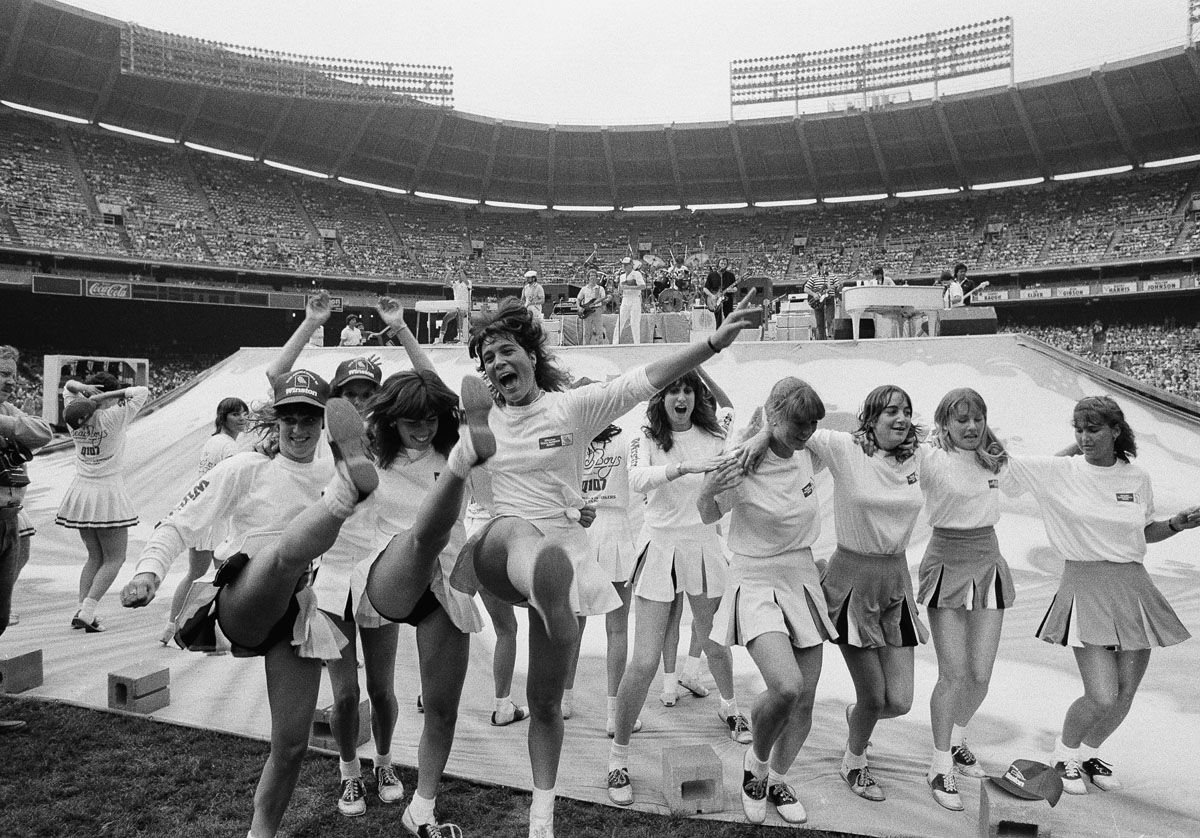
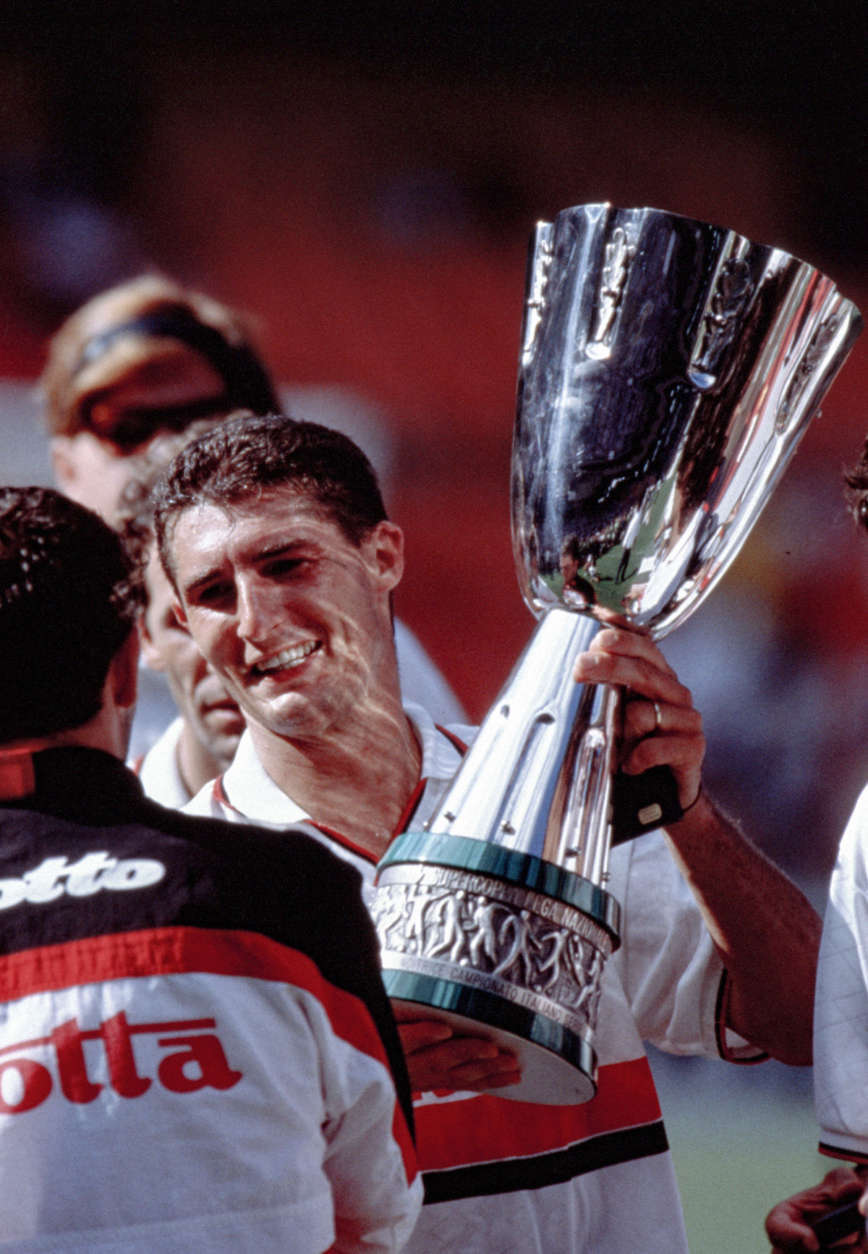
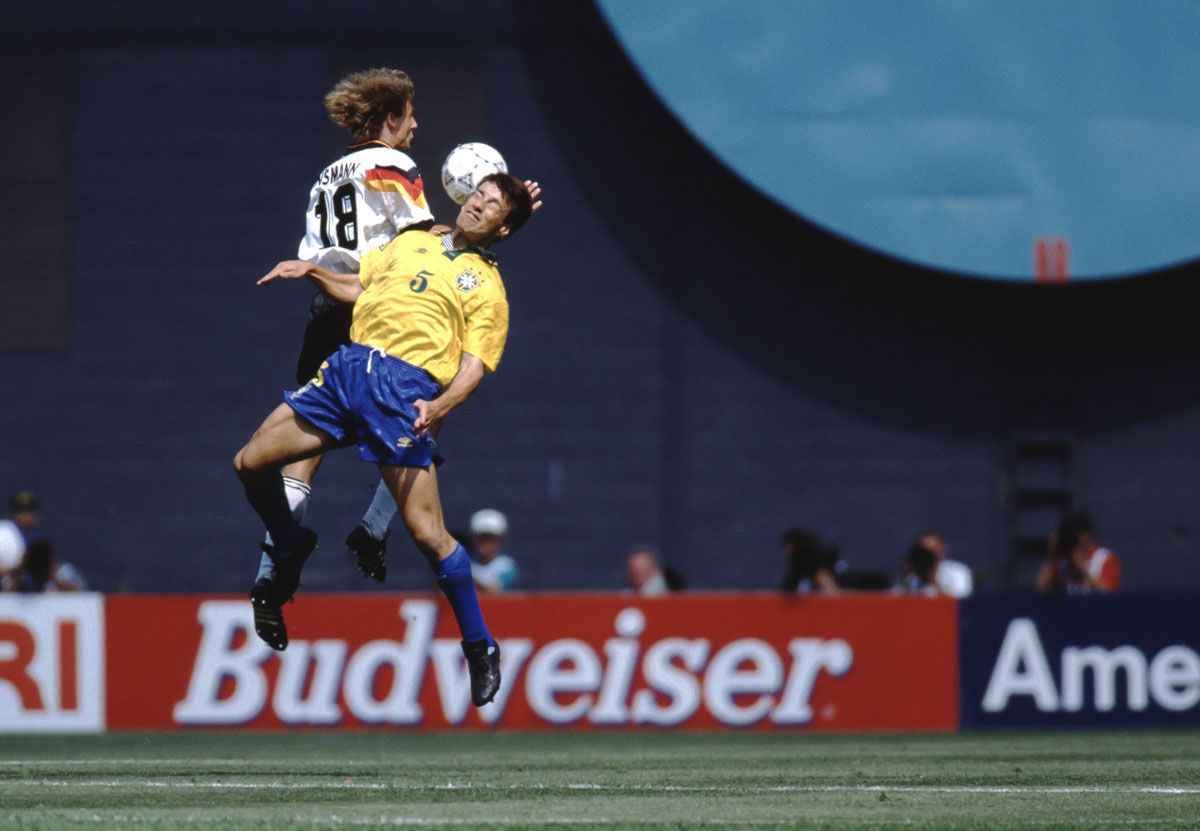

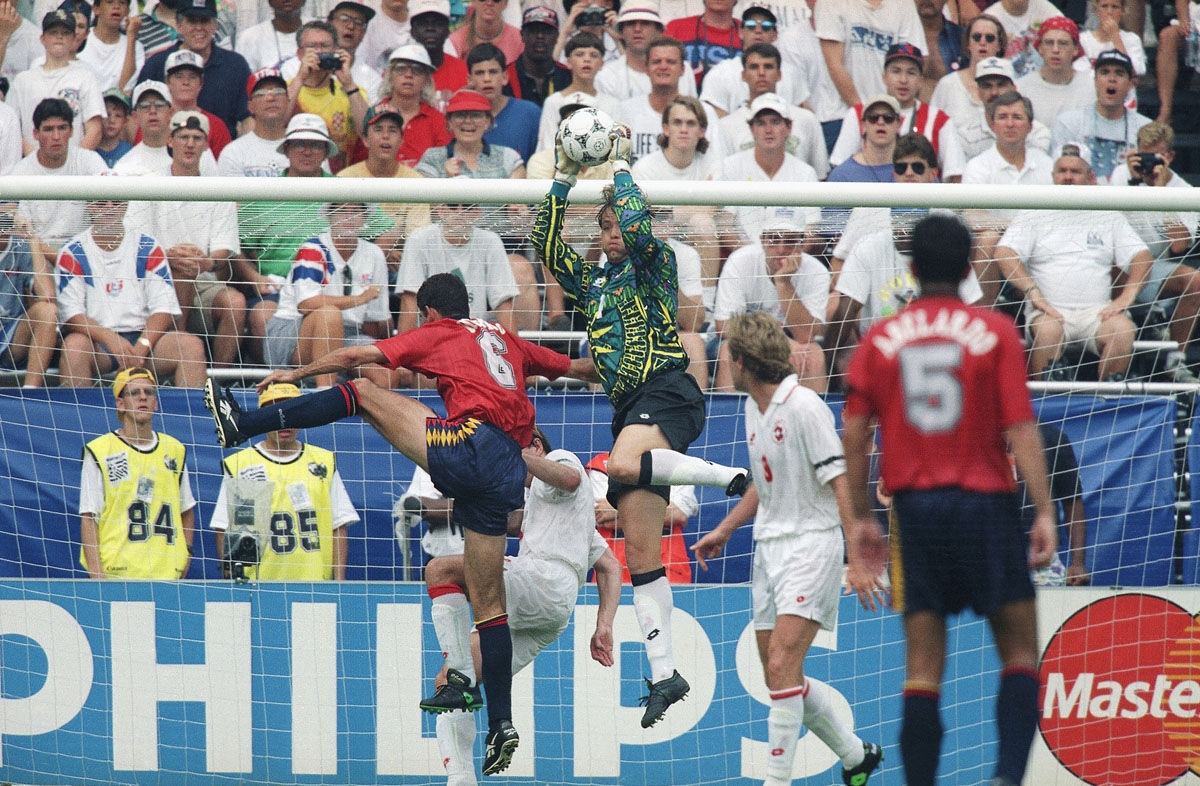
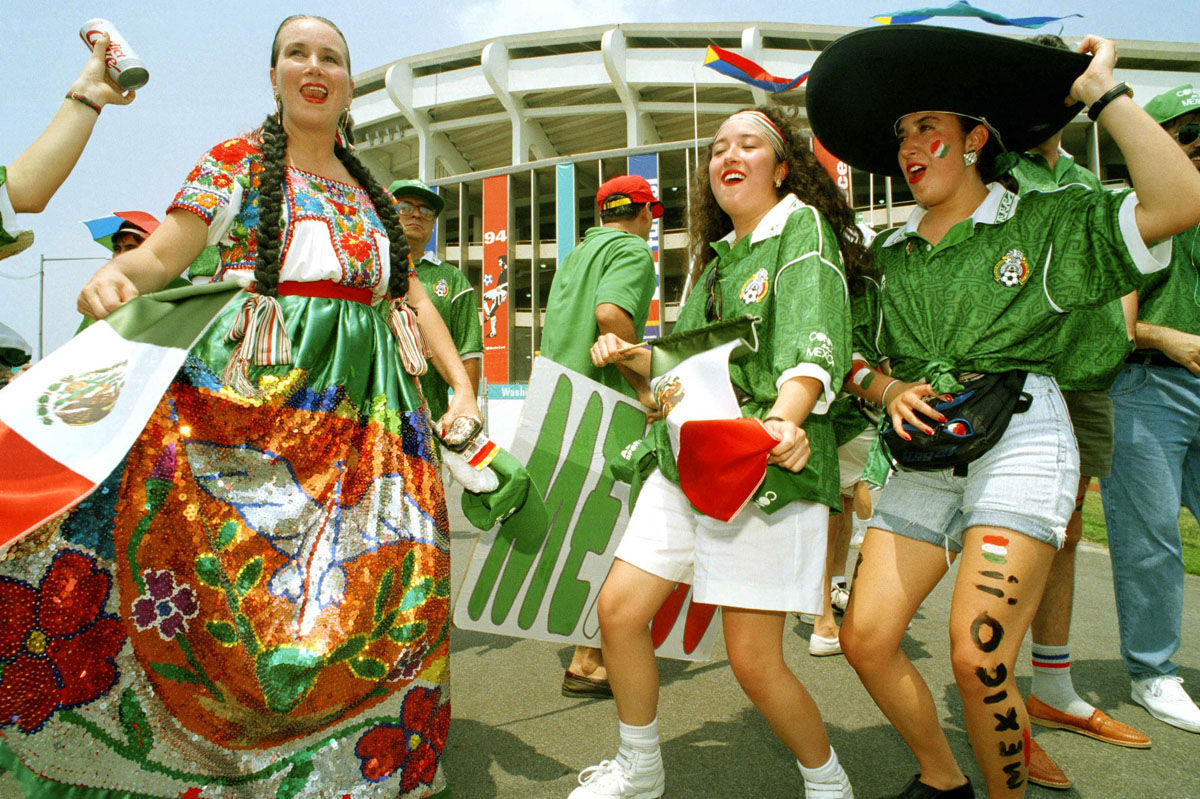
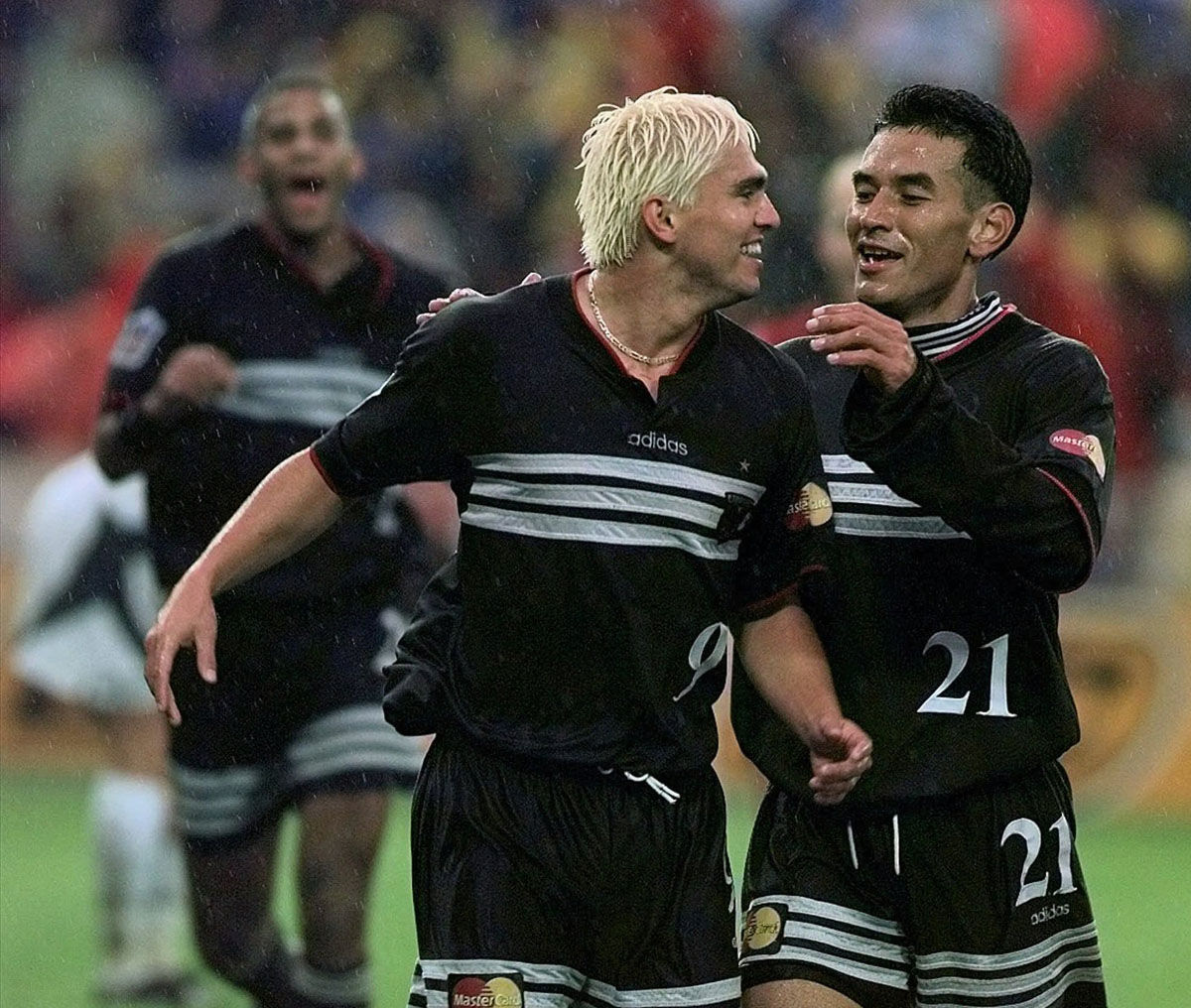

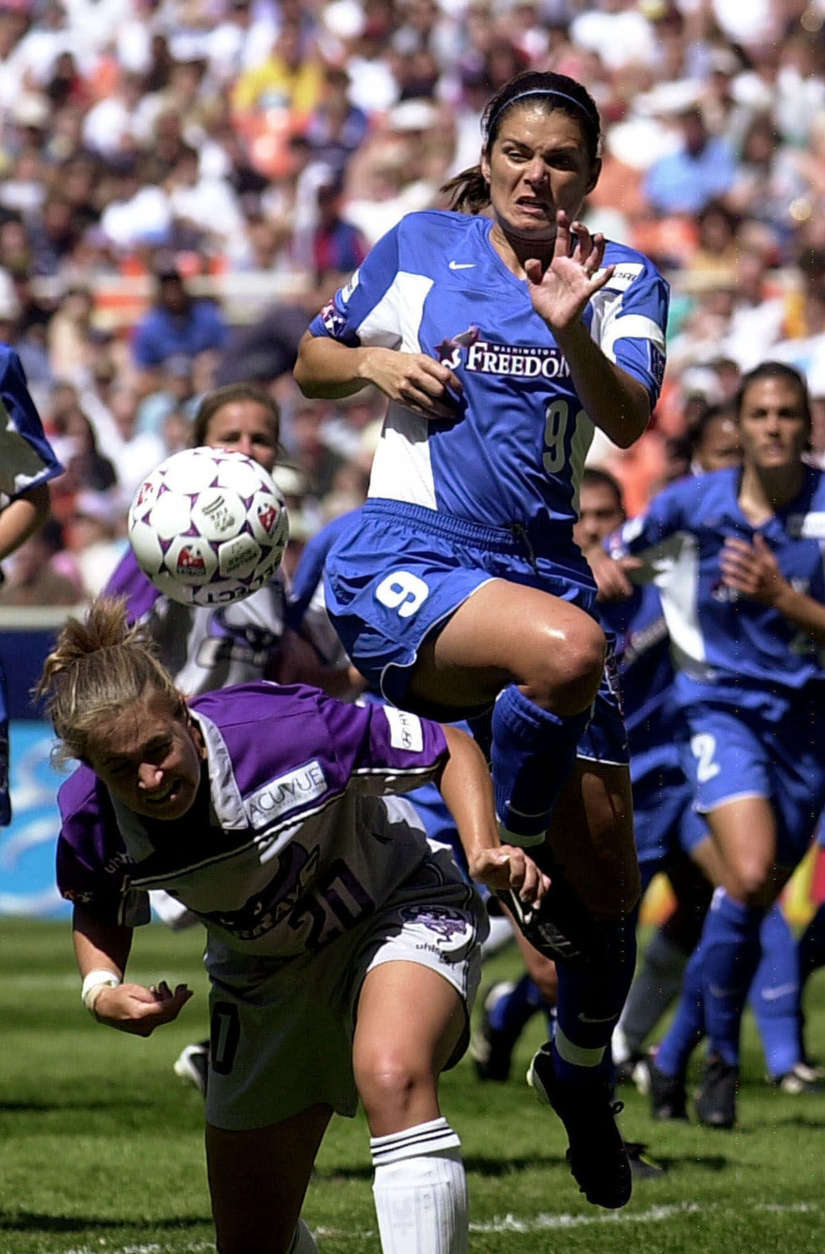
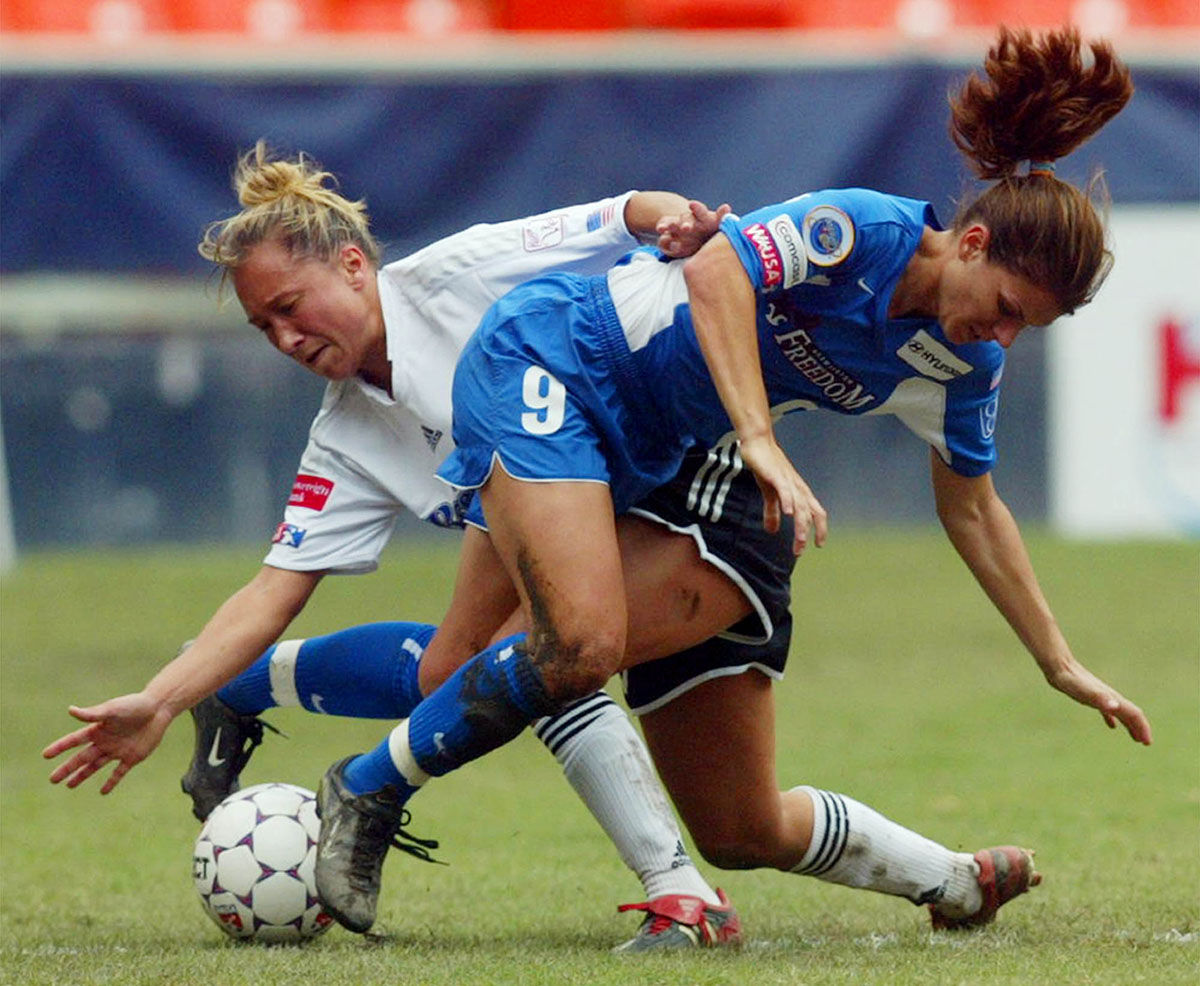
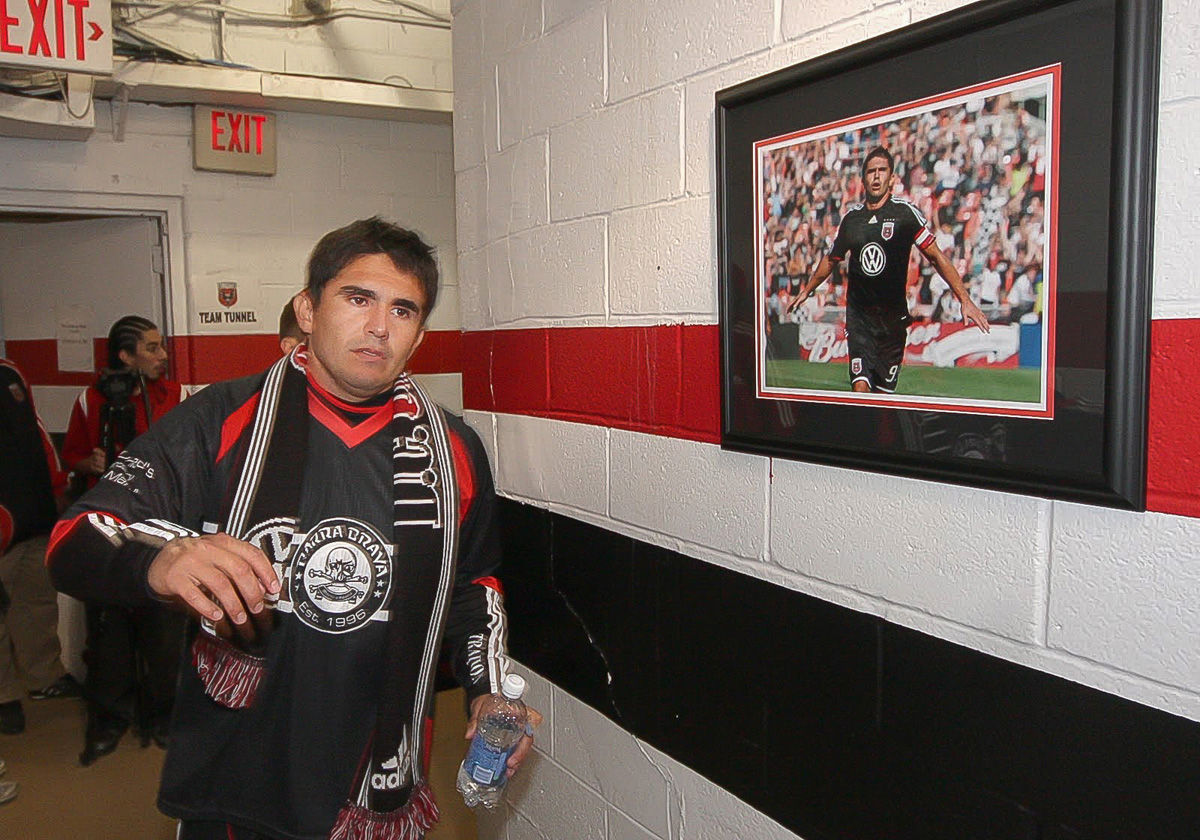
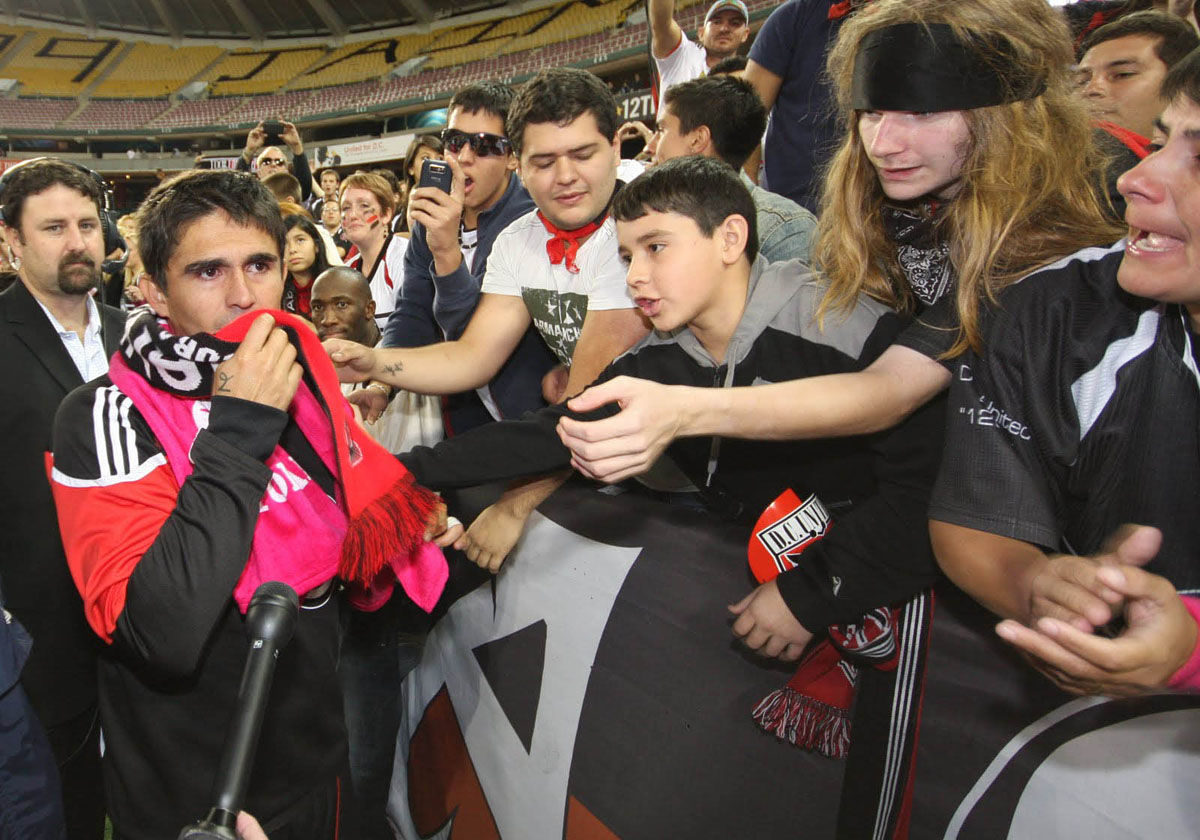
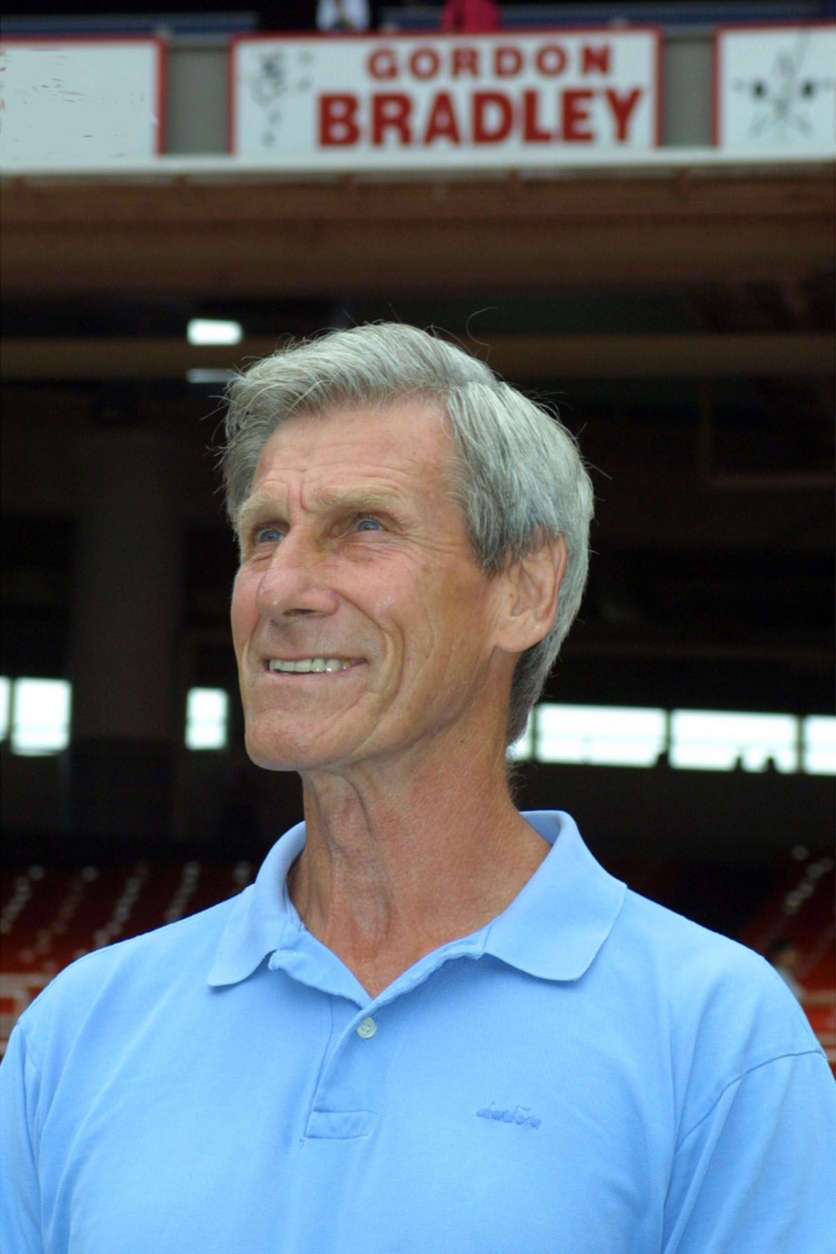
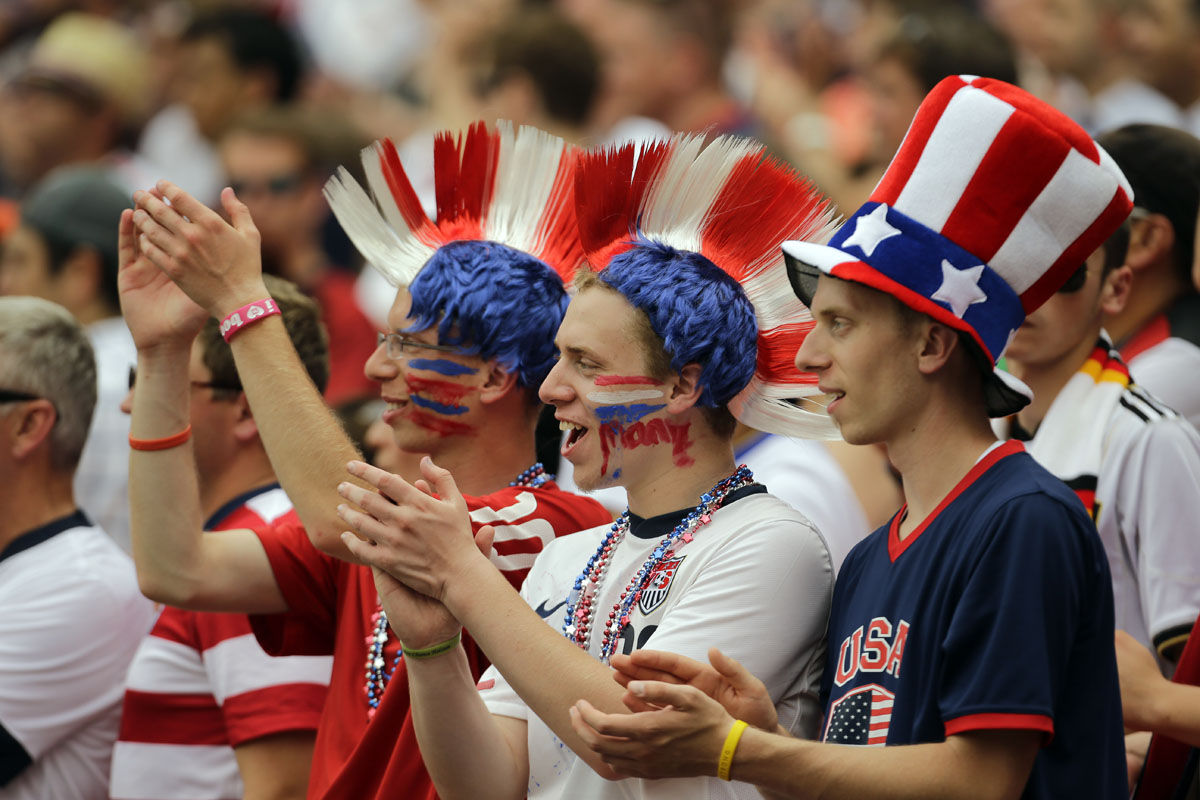
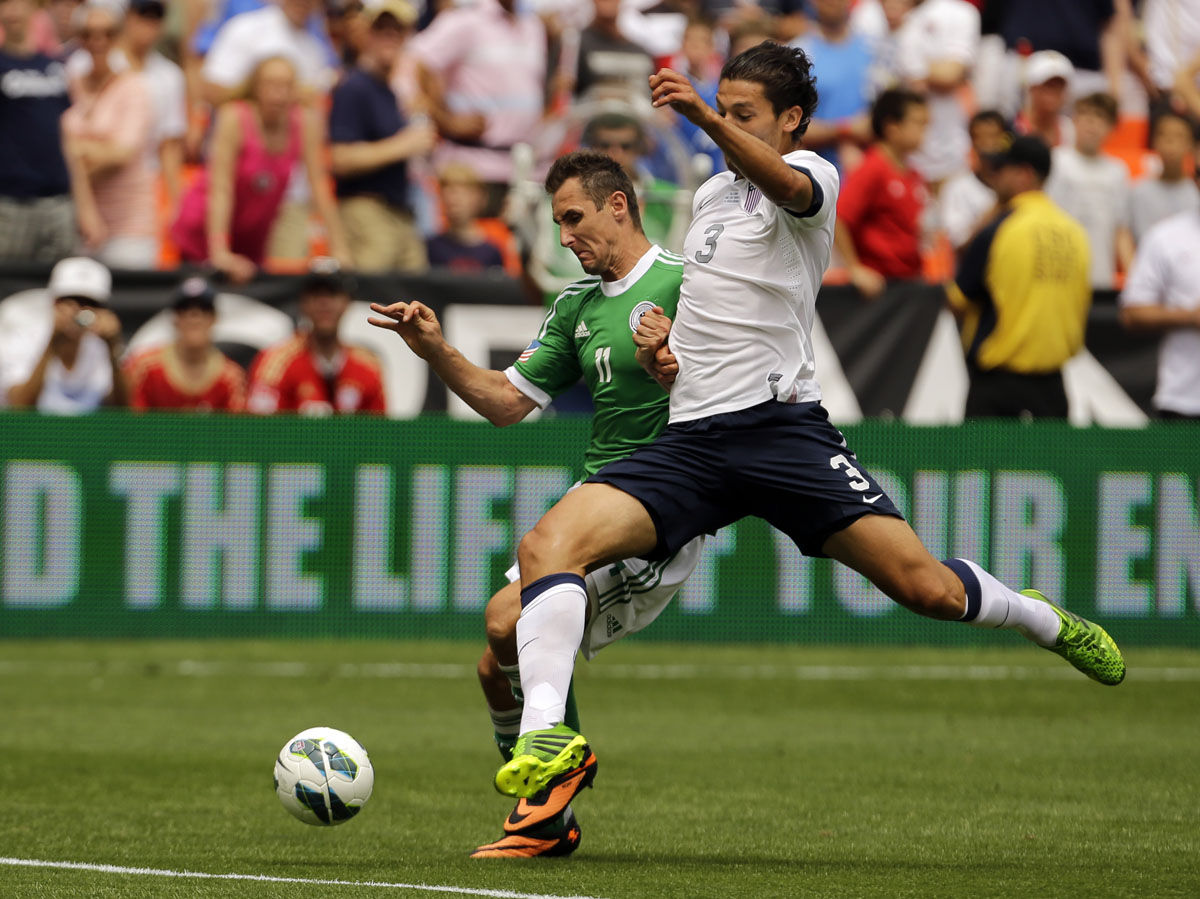
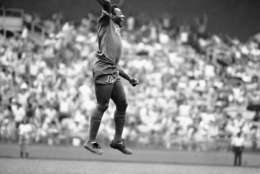
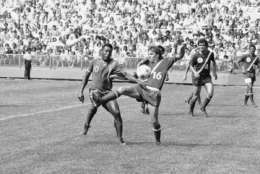
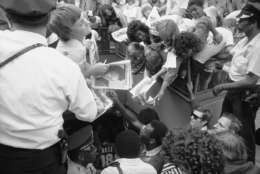
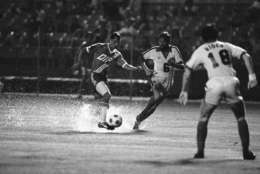
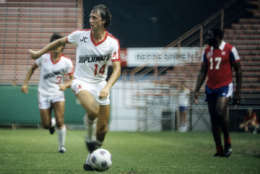
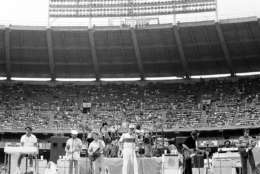
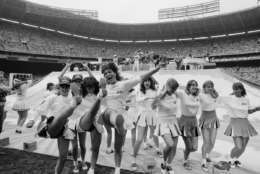
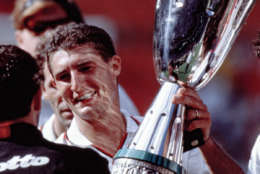
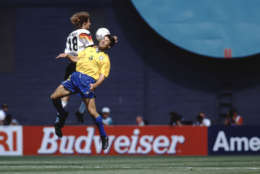


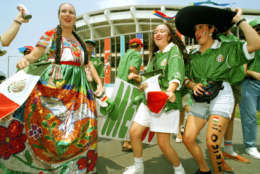
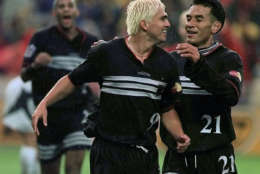
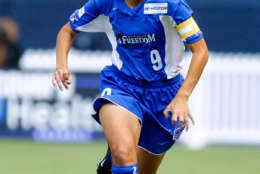
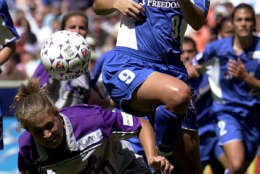
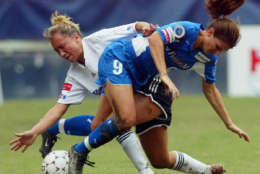
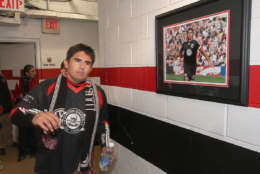
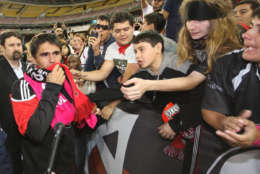
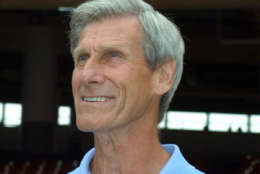
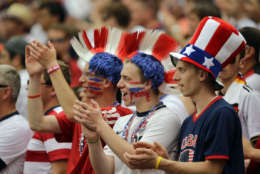
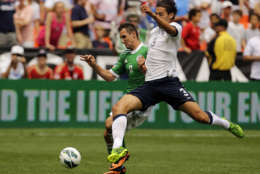
Those memories include the world’s game. In the U.S., we call it soccer; the rest of the globe calls it football. To be sure, RFK Stadium rocked to the American football played by the Washington Redskins, but over time it also found a rhythm with soccer and was a place of discovery as a new sport — to most Americans — graced its field.
It was the Redskins who christened what was then known as D.C. Stadium in October of 1961 with a loss to the New York Giants. By April of the next year, baseball arrived with the expansion Washington Senators after the original Senators moved to Minnesota. Then in 1967, soccer burst on to the stadium’s scene.
Washington attorney Earl Foreman, who was part of Abe Pollin’s ownership group that eventually brought Washington’s NBA team, first introduced professional soccer to the city with the Washington Whips. It was believed American interest in soccer’s 1966 World Cup would spur success of a pro league, but the Whips folded by the end of 1968.
“I mean, soccer is for everybody. The most popular sport in the world,” recalled Charlie Brotman, general manager of the Whips. “I thought it was going to take off like it had never taken off before. Wrong!”
While Brotman moved on to form his own public relations agency and become one of this town’s most lovable and popular sports figures, soccer continued to grow as a participant sport.
Fields were suddenly filled with kids playing soccer at the same time a group of dedicated executives of what was then called the North American Soccer League were still trying to promote the game as a spectator sport.
As coach of the New York Cosmos, Gordon Bradley helped bring international superstar Pele to the United States in 1975. His arrival created a surge of interest in fans attending games — by this time the league included a team called the Washington Diplomats. Bradley became coach of the Diplomats in 1978, and by 1980 the team was averaging 20,000 fans per game at RFK.
It was during this time that I fell in love with the soccer. Where I grew up in Gambrills, Maryland, soccer arrived on the youth level in 1976, and at the age of 12 I was on my first team. I loved playing soccer and I was interested in the Diplomats, and I followed them the best I could on radio and the few times their games were on television.
With Major League Baseball no longer in town, the Diplomats were making a strong bid to become Washington’s major summer sport. Everything about the team had a big-league feel. The games I followed on radio were broadcast by WTOP. The Diplomats — or Dips, as they were affectionately known — were becoming more of a happening at RFK, as it felt like soccer was starting to take hold as a game for fans as well as players.
By 1979, I had convinced my parents that we needed to go to a Washington Diplomats game. I can picture that March Sunday afternoon like it was yesterday. Clouds and early spring cold provided the weather, but the afternoon was all sunshine and warmth for us as a family. The Diplomats beat the Ft. Lauderdale Strikers, 2-1. It turned out to be the final sporting event my mother would attend before she lost her battle with multiple sclerosis.
Memories are not only held in our hearts. For all who passed through its doors, RFK Stadium has been a guardian of those memories. A click of the turnstile at RFK allows those memories to come out and play. Suddenly, what was trapped in our mind’s eye is alive and we are ageless when we are lost in a moment that takes us back to a special time at RFK.
Soccer has provided so many special times at RFK. Unfortunately, the wild spending that was the order of the day in the NASL eventually led to the Diplomats demise in 1981, but it was far from soccer’s final chapter in our nation’s capital. The world’s game and the world’s most powerful city had already formed a relationship that could not be broken.
In an effort to qualify for the World Cup in 1986, the United States decided to place its Men’s National Team in the NASL in 1983. RFK Stadium was chosen as the home for what was called Team America. The place was the right one for the team, but the concept of a national team playing in professional league was not the right idea.
Still, Team America had its moments. There were some big crowds, including over 50,000 fans for a June game against the Strikers. The size of the crowd was helped by controversy. U.S. Interior Secretary James Watt decided that The Beach Boys were no longer the right fit to play the National Mall on the Fourth of July.
With The Beach Boys politically dumped from a D.C. tradition, Team America stepped in and offered a chance for them to play at RFK. Team America won its game against the Strikers and then the crowd stayed for a postgame concert. It’s hard to imagine Surfin’ USA as song of defiance, but on this day at RFK it felt that way.
Soccer went into a bit of hibernation at RFK Stadium after that 1983 Team America season. It didn’t seem to make sense that a venue once called home field by world soccer legend Johan Cruyff when he played for the Diplomats would now solely belong to the Redskins. From 1988 to 1990, another team called the Diplomats tried to revive pro soccer but, despite a championship in 1989, failed to recreate past passion.
Few, then, could have expected what happened in the 1990s. All-but-dead as a soccer venue, RFK returned to life. The United States Men’s National team qualified for the 1990 World Cup and momentum started to build. RFK became a go-to place for U.S. Soccer to get big crowds for big matches.
In 1994, Washington, D.C. was one of the host cities for the World Cup and RFK provided the stage. In June of that year, Norway upset Mexico 1-0 followed by a 1-1 tie between Italy and Mexico. RFK’s final game of the group stage delivered a most lasting World Cup memory as Saudi Arabia’s Saeed Al Owairan navigated 50 yards through several defenders and scored the goal of the tournament in a 1-0 win over Belgium.
In the round of 16 at World Cup 1994, RFK hosted Spain’s 3-0 win over Switzerland. Through four games, Washington — with RFK as its showplace — had reestablished itself as a home for soccer. There had to be more of the world’s football to come. The Olympic Games in 1996 were on the way and in its World Cup bid, the United States guaranteed to establish a top flight professional league.
Major League Soccer was supposed to start in 1995 and include a team from Washington. But April 1995 rolled around and MLS was not ready. The delay was frustrating for a city full of fans that had their soccer passion reignited by a summer of World Cup games at RFK.
The year delay proved worth the wait. As the Redskins prepared to say goodbye to RFK Stadium in 1996, soccer was back, and this time to stay. Olympic soccer games excited our summer nights, but a significant moment in RFK Stadium’s history happened in April of 1996 when D.C. United started play in MLS.
After being shut out in its first two games on the road, United returned home to play its first ever game at RFK. Raul Diaz Arce scored United’s first ever goal before over 35,000 fans. United lost to the Los Angeles Galaxy 2-1, but it was the start of a romance between city and team that blossomed into a love affair.
Despite the slow start in 1996, United won the league’s first title. In 1997 things only got better. United was more dominant on the field and the crowds continued to grow. RFK Stadium was awarded MLS Cup ’97 and United made it all the way to the final. On a rainy October Sunday, with the Redskins playing the Ravens at the same time at FedEx Field, United defended their title in front of more than 57,000 fans.
“Regardless of who came out as a champion, it was a great day for soccer and a great day for MLS and professional soccer in this country,” United head coach Bruce Arena said in an ABC Television interview after the game. “I think we are going to see this league will be around for many years to come.”
Arena was right. D.C. United went on to become the most decorated team in American soccer history with 13 major titles. RFK, meanwhile, became the de facto home of the U.S. Men’s National Team, hosting more national team games than any other site. In June of 2013, it was selected to host the 100th anniversary celebration of U.S. Soccer, where a crowd of more than 47,000 fans watched the United States defeat Germany 4-3.
The women’s game was also a big part of the fabric of soccer at RFK Stadium. In 2001 Mia Hamm and the Washington Freedom helped launch a professional women’s league at RFK. The Women’s National Team has also made frequent stops at RFK and in 2003 was one of the venues for the Women’s World Cup.
“RFK Stadium was a special place to play regardless of whether you were with D.C. United or the National Team, “said John Harkes, who served as D.C. United’s first captain and was the longtime captain of the U.S. Men’s National Team in the 1990s. “It became like this intimate arena. It was really so special and it felt like the fans were really on top of you. It helped push you on to get results. It really did.”
Soccer and RFK Stadium have been a good fit. D.C. United’s final game at RFK on Sunday, Oct. 22 will mark the end of an era that really started in 1967 when soccer first became a fixture at RFK. Soccer will leave the building, but the memories and friendships built by watching the games will last.
“It’s emotional and I am sad to see RFK go,” said longtime United supporter Dan Mickevice. “I have made so many friends here, but I am excited for the future and Audi Field.”
- Part 1: Baseball’s best moments at RFK
- Part 2: Best entertainment moments in RFK history
- Part 3: Best Redskins moments at RFK
- Part 4: Best soccer moments at RFK
- Part 5: What’s next for the RFK site?

